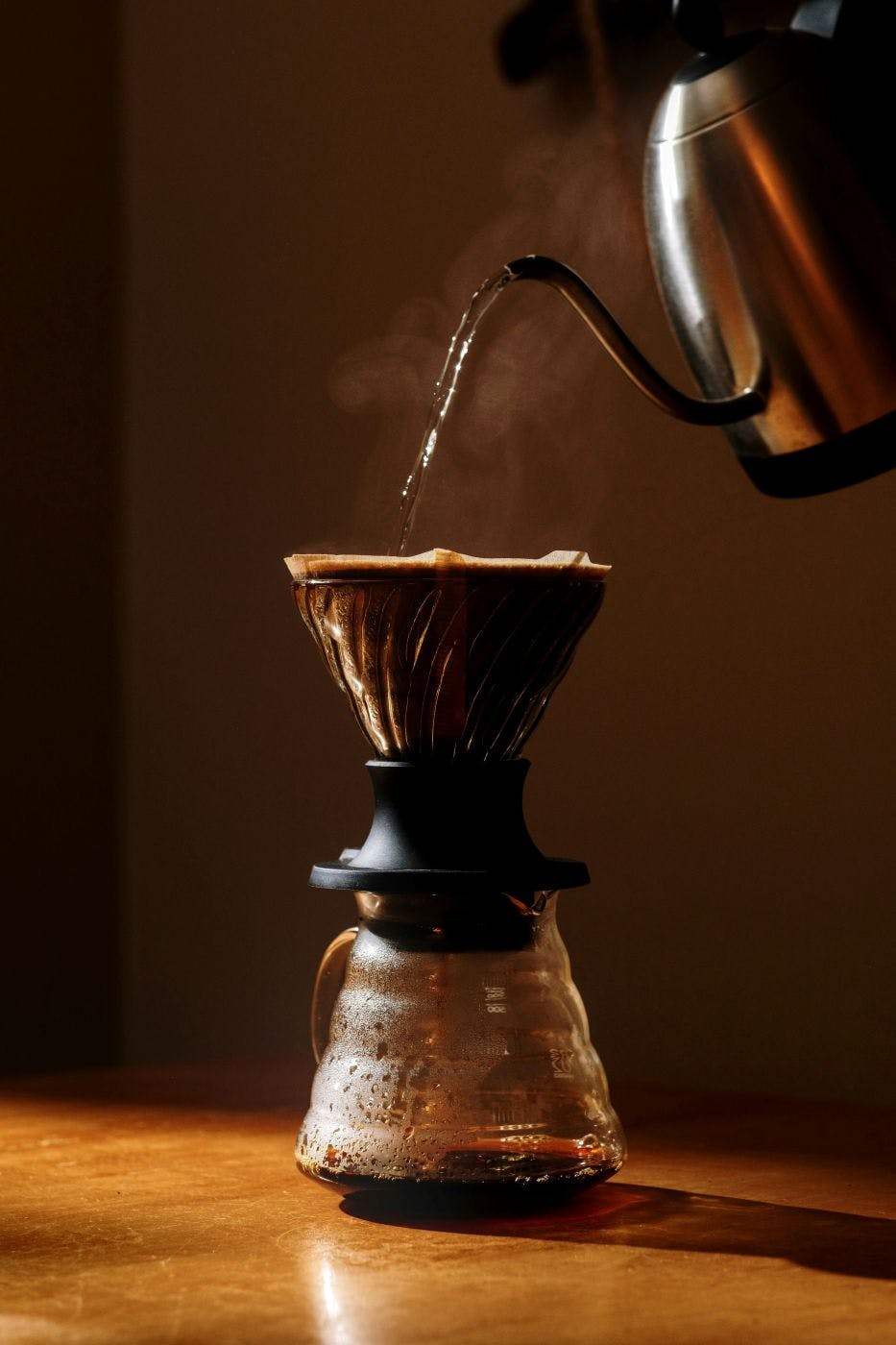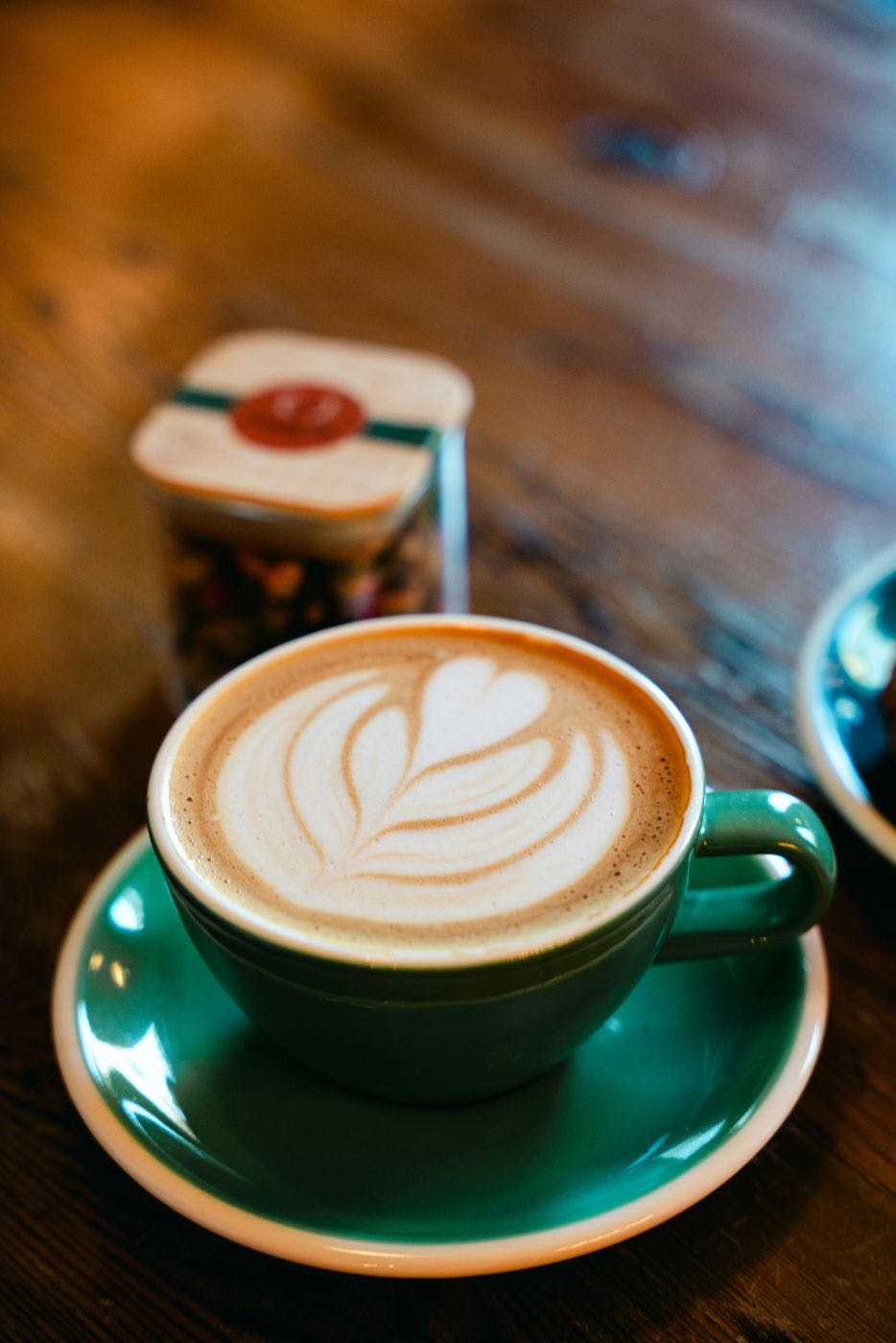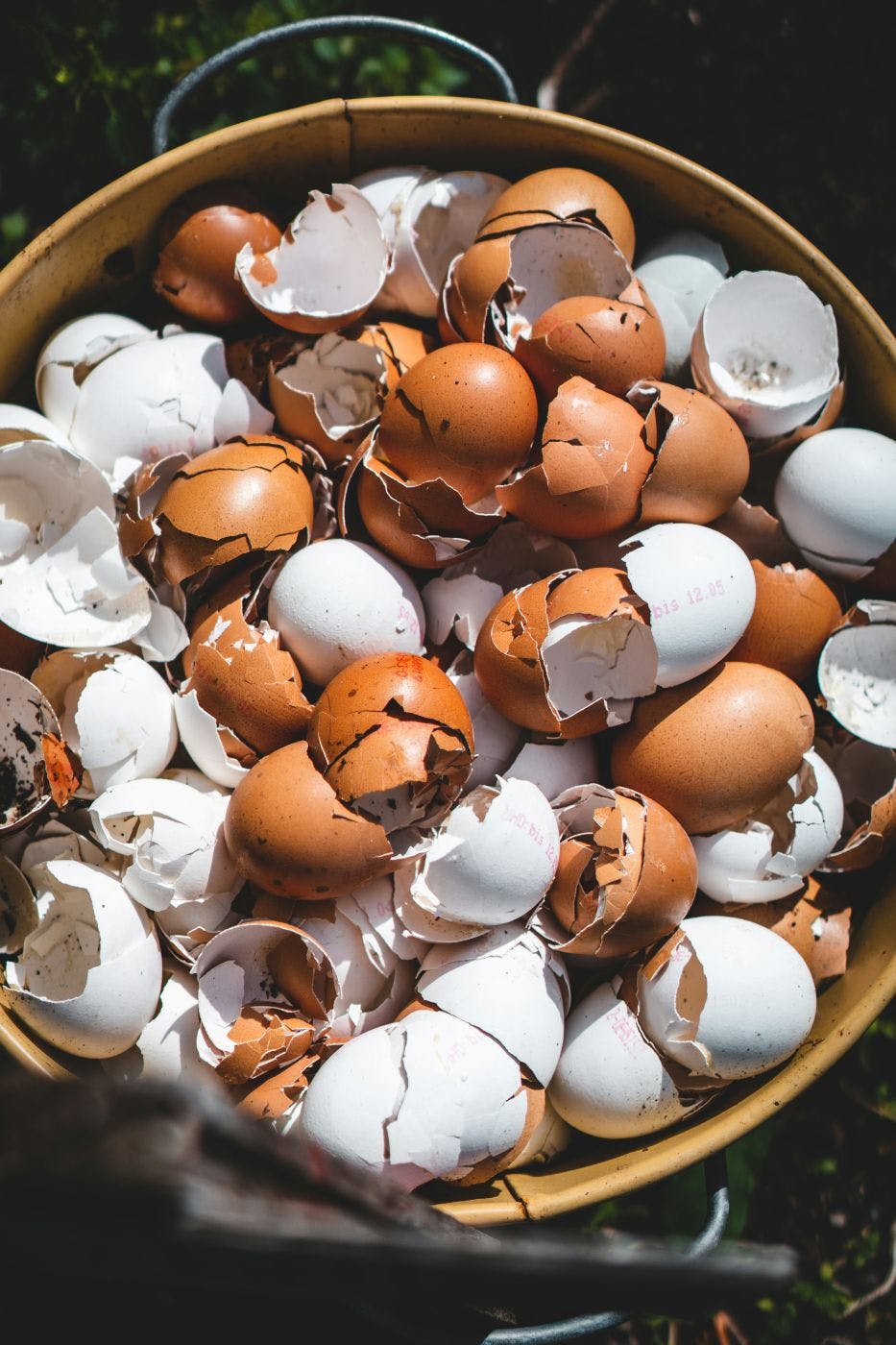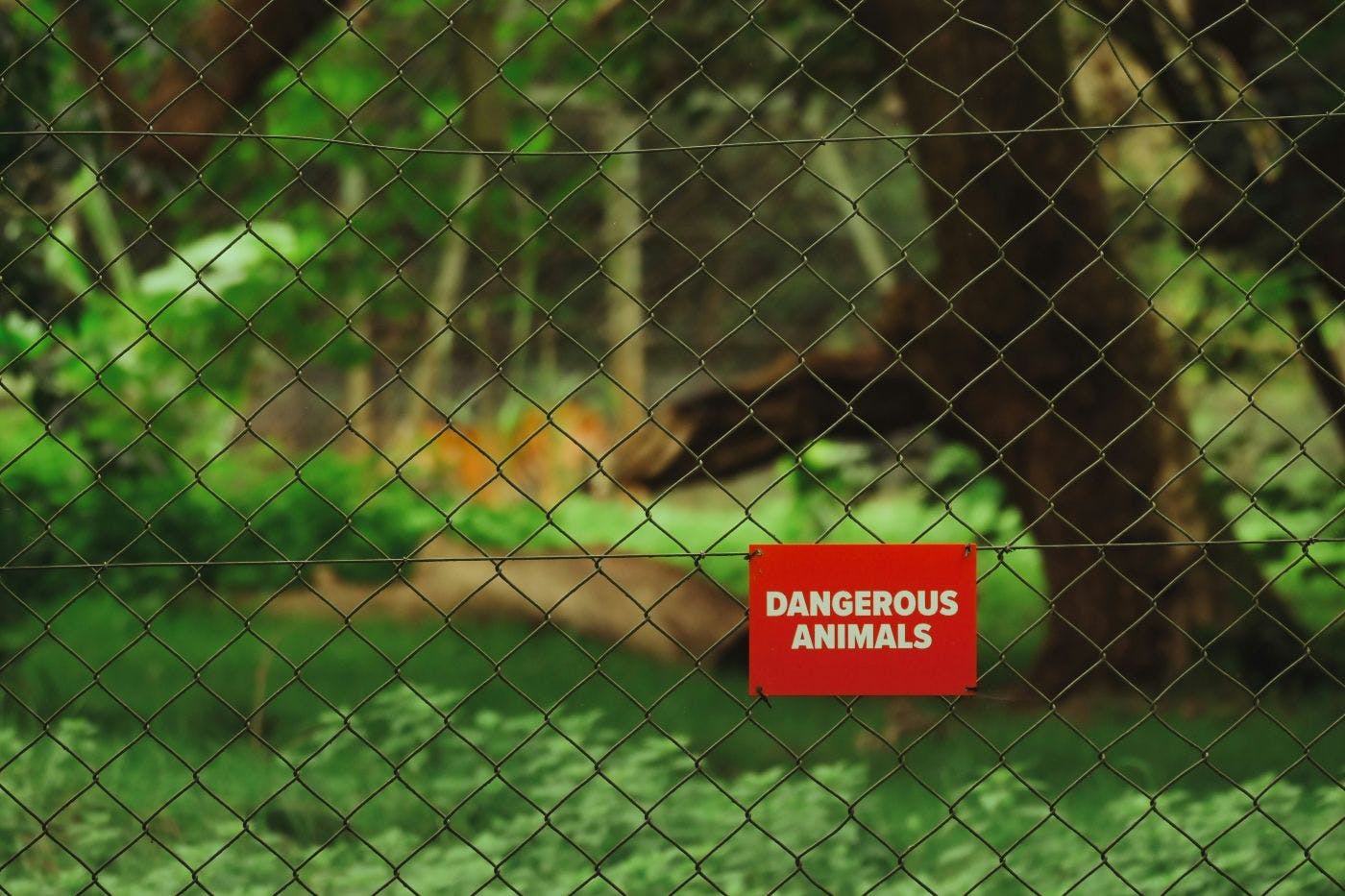

Coffee isn’t just a warm hug in a mug—it’s a full-on brain wake-up call. The active ingredient, caffeine, is a stimulant that targets the central nervous system, and its first trick is blocking adenosine, a neurotransmitter responsible for signaling sleep.
Jay Stoddard was, by all accounts, one of the nicest people you would ever meet. Jay always had a smile, a kind word, a hug of support, and I had never heard him utter a negative word in all the time I knew him—until one fateful week when he and I were rooming together on the road.
The tour was going fine. We were reading Romeo and Juliet in a bit of a bus and truck across this great nation of ours. Houses were full and responsive, and the production had enough money that we didn’t have to share hotel rooms—until we hit a week in the Midwest where there just weren’t enough rooms for all of us. Some of us had to double up. I was put with Jay, and oh, how happy I was to share a room with such a kind man.
I had heard people say, “I’m just not myself without my morning coffee.” I often felt that way—a little off, a little blurry, not a representation of my true self—until that jolt of Joe pulled me from the edges and dropped me wide awake and fully realized into the day. I could agree: I wasn’t really myself, meaning I wasn’t fully present or capable, until I had that first cup of coffee in the morning.
Now, I assumed that Jay, a coffee drinker and coffee lover, was somewhat the same—not fully himself until he had a cup of Joe in him. But what I didn’t assume was that Jay would be a man on a completely different evolutionary level until he had his morning coffee.
I was up early, as usual, moving about the room on the paws of a cat: quiet, quick, and almost undetectable to the sleeping mass in the other bed. I showered and did my morning ablutions as quietly as possible so as not to disturb Jay, but my efforts were not rewarded. As I stepped from the bathroom, clean and dressed, I was greeted by some creature sitting on the other bed, head in hands, hair disheveled, and a voice borrowed directly from Satan.
“I know you’re an early riser,” the voice growled at me, “but what I didn’t know was that you’d prance around the room like an elephant from Fantasia at the ass crack of dawn.”
The creature then jumped off the bed and went to the bathroom. I heard the toilet flush, the shower turn on, and a great deal of cursing, which I had only heard from an entire construction crew building a skyscraper in Boston. The entire crew didn’t curse as much as Jay did that morning.
There was a brief silence from the bathroom. Then the door was thrown open, and the words, “I’m naked, deal with it,” came croaking from inside. True to his word, Jay came out naked and still angry. He dressed in fits and starts, cursing everything from his underwear to my breathing. When he was dressed, he headed for the door and grunted, “Coffee.” And then he was gone.
I finished up a little writing I was doing and then headed downstairs for breakfast. Most of the cast and crew were there. I got my breakfast and saw Jay’s arm shoot up. He called, “Over here, Bunky!” Everyone laughed, thinking how lucky I was to be Jay’s bunky. When I got to the table, Jay patted a seat next to him, and he continued telling whatever story he was telling, everyone at the table laughing and loving Jay. After a moment, she turned to me, patted my back, and said, “This is the best roomie ever. He left the bathroom clean, he got up—God knows how early—and I didn’t hear a thing. He’s great, and I’m a lucky guy.” I just stared at him.
After about 20 minutes of eating and chatting, Jay turned to me sotto voce and said, “I am really, really, really not myself until I have coffee. Now you know.” And so I did.
For the rest of that week, I got up extra early, went downstairs to the coffee cart, and got Jay two cups of coffee. They were there, on his nightstand, when he woke. I didn’t look at this as going out of my way; I looked at it as survival. I knew that if I was going to have a productive morning and a good day, I needed to avoid Jay’s toxic, non-coffee persona. The best way to stay sane and survive the week together was to make sure Jay had coffee even before he got out of bed, which I did dutifully and gladly for the entire week.
He truly meant it: he was not even a vague simulacrum of himself until he had coffee. So, coffee he had, and the week in the Midwest, sharing a hotel room, went off without a hitch.

The Science of the Morning Jolt
Coffee isn’t just a warm hug in a mug—it’s a full-on brain wake-up call. The active ingredient, caffeine, is a stimulant that targets the central nervous system, and its first trick is blocking adenosine, a neurotransmitter responsible for signaling sleep. Normally, adenosine accumulates in the brain throughout the day, gradually making you feel tired. When caffeine enters the system, it temporarily takes adenosine’s place at the receptors, keeping your neurons firing and your brain alert. That’s why one cup can transform you from groggy to fully awake in a matter of minutes.
But caffeine’s effects don’t stop at alertness. By interfering with adenosine, it also indirectly increases the release of other neurotransmitters like dopamine and norepinephrine. Dopamine is the chemical that fuels motivation and pleasure, which explains why that first sip can feel almost euphoric. Norepinephrine, on the other hand, sharpens focus, primes your body for action, and even raises your heart rate slightly, giving you that subtle adrenaline kick. Together, these chemical changes enhance mood, reaction time, and cognitive function, turning ordinary humans into slightly more competent versions of themselves—essentially a temporary upgrade.
Interestingly, the timing of your coffee matters. Drinking caffeine too late in the day can interfere with your natural circadian rhythm, because it lingers in your system for several hours—half of it can remain after three to five hours, depending on metabolism. Genetics play a role too; some people metabolize caffeine quickly, while others hold onto it longer, which explains why some can sip an espresso at 8 p.m. and sleep like a baby, while others are wide awake at midnight. Even habitual coffee drinkers experience these effects differently. The body can build a mild tolerance over time, meaning the same cup that once transformed you might have a slightly gentler effect if you drink it every day.
Then there’s the behavioral side of coffee, which science has also examined. Beyond the chemical kick, the ritual of making and sipping a cup—grinding beans, pouring water, inhaling the aroma—triggers psychological cues that prepare your brain for the day. It’s part science, part routine, and part magic. This is why even someone like Jay, whose personality seems untouchably pleasant, could morph into a tempest before his morning coffee. That first cup is more than liquid; it’s a reboot of brain chemistry, mood, and mental readiness, setting the stage for a productive, caffeinated day.

Coffee Rituals Across the World
Coffee isn’t just a beverage; it’s a global performance, a ritual that signals the start of the day in countless ways. In Italy, mornings begin with a quick espresso at the local bar, standing up, a few sips, and then out the door. There’s no lingering over laptops or scrolling social media—just a focused, communal shot of caffeine that jumps the brain into gear. The espresso culture is fast, efficient, and almost ceremonial: the barista knows your order, and your body knows the rhythm.
Head north to Sweden, and the fika tradition rules. Fika isn’t just coffee; it’s a social pause, a daily break for conversation, pastries, and reflection. Swedes approach coffee as a shared experience, a structured moment to recharge mentally and emotionally. Here, the science of caffeine meets the psychology of ritual. The act of stepping away from work, sitting down with a warm cup, and connecting with others enhances focus, mood, and even problem-solving abilities later in the day.
In Japan, coffee culture blends precision with mindfulness. Pour-over methods dominate, with careful attention to water temperature, grind size, and timing. The ritual is meditative: every step is intentional, every cup savored. Studies show that slowing down for a mindful beverage can increase dopamine release and reduce stress hormones, meaning your coffee doesn’t just wake you up—it centers your brain and primes it for focus.
Even older traditions show how seriously people have taken their coffee. In some parts of Europe and Latin America, it was common to add a crushed eggshell to the coffee grounds before brewing. The eggshell was believed to reduce bitterness and smooth the flavor, a tiny alchemy that transformed the morning cup into something richer and more palatable. Science has since explained this as a mild pH adjustment, which makes the coffee taste less acidic—proof that even centuries ago, people were experimenting with ways to optimize their brain’s first jolt of the day.
In the United States, coffee culture varies wildly. For some, it’s the big travel mug grabbed on the way to work; for others, it’s a carefully curated home setup with specialty beans, grinders, and French presses. Yet the effect is the same: the brain receives its morning cue, neurotransmitters kick in, and the day officially begins. Across cultures, coffee is more than a stimulant—it’s a signal to the mind and body that it’s time to transition from sleep mode to productivity mode.
What all these rituals share is a key principle: the first cup of coffee is rarely just about the caffeine. It’s about the experience, the sensory cues, and the psychological preparation that primes your brain for the day. And this explains why someone like Jay—already a man of impeccable character—needs his morning cup: it’s the switch that restores him fully to himself, a tiny yet powerful ritual repeated in countless ways around the globe.
The Coffee Personality Transformation
If coffee is a ritual and a science experiment, it’s also a personality switch. We’ve all known it: the pre-coffee version of ourselves is a little slower, a little grumpier, and sometimes borderline unrecognizable. For some, it’s subtle; for others, it’s dramatic. For Jay, it was the full cinematic transformation. One minute, he’s a serene, affable human being; the next, he’s a tempest raging against the universe, only to reemerge thirty minutes later as the Jay we all knew and loved.
Psychologists call this the “caffeine-induced personality modulation.” While that sounds fancy, it’s basically your brain responding to neurotransmitter shifts. Before caffeine, adenosine levels are high, dopamine is low, and neurons fire sluggishly—making patience, focus, and kindness a little harder to maintain. Enter coffee: adenosine gets blocked, dopamine surges, norepinephrine kicks in, and suddenly, you’re not just awake—you’re engaged, alert, and ready to handle whatever the day throws at you.
The transformation isn’t purely chemical, though. There’s a ritualistic, almost theatrical element to it. Grinding beans, pouring hot water, inhaling the aroma—it signals to your brain that it’s time to flip the switch. By the time that first sip hits, your mind has already started to anticipate the change, priming mood, attention, and personality for maximum effectiveness.
Most of us experience a mini version of this every morning. Maybe it’s a bit of irritability before that cup, a little fog, or a groggy stumble to the kitchen. But once caffeine and ritual have done their work, we return to our better selves: calmer, sharper, funnier, and—let’s be honest—more tolerable to roommates, coworkers, or anyone else who might cross our paths.
For Jay, the effect was extreme but relatable. His “not myself until coffee” persona is exaggerated, yes, but it mirrors a universal truth: coffee doesn’t just wake the body; it wakes the personality. Think about it—before that first sip, your brain is sluggish, neurotransmitters are low, and even simple social interactions can feel like heavy lifting. Once caffeine hits, it’s like flipping a switch: your neurons fire faster, dopamine spikes, and suddenly your sense of humor, patience, focus, and confidence are all turned up a notch. You go from a groggy, half-present version of yourself to a fully activated personality, capable of navigating meetings, making jokes, solving problems, or even surviving roommate-induced chaos.
In a way, that cup is a mini resurrection every morning. It’s not just alertness—it’s a personality reboot. The fog lifts, your mind sharpens, your reactions quicken, and your social self reappears in all its caffeinated glory. For some, this change is subtle—a gentle nudge toward normalcy. For others, like Jay, it’s dramatic, theatrical, and undeniable. Coffee transforms not just the physical body but the essence of how we show up in the world: more engaged, more expressive, and frankly, more tolerable to anyone in our orbit.

Tips for Optimizing Your Morning Coffee
Now that we’ve established that coffee wakes the body, the brain, and even the personality, the next question is: how do you make that morning cup work its absolute magic? Here are some science-backed and practical tips to get the most out of your daily jolt.
- Mind the timing<br />Caffeine is powerful, but it isn’t instant magic. Drinking coffee right when you wake up isn’t always optimal—your body produces cortisol, the stress hormone that naturally boosts alertness, in the first hour after rising. Waiting about 30–60 minutes before your first cup can let your body’s natural energy curve peak first, then get an extra lift from caffeine without interfering with your body’s rhythm.<br />
- Brew it right<br />The way you make your coffee matters more than most people realize. Water temperature, grind size, and brewing method all affect flavor and caffeine extraction. Too hot or too fine a grind can create bitterness; too cold or coarse, and you might end up with a weak cup that doesn’t fully kick in. Finding the right balance is part science, part ritual, and part personal preference—just like Jay’s precise requirements for a cup before he became fully human each morning.<br />
- Watch the dosage<br />More isn’t always better. A moderate dose—roughly 100–200 mg of caffeine, or one strong cup of coffee—tends to be enough for alertness without causing jitters, anxiety, or a mid-morning crash. Overloading can make you feel wired but unfocused, undermining the very productivity boost you’re aiming for.<br />
- Pair with protein or breakfast<br />Coffee alone can spike your energy, but pairing it with food helps stabilize blood sugar and sustain that alert, engaged personality. Even a small snack, like yogurt, eggs, or a handful of nuts, can keep your brain fueled and prevent the afternoon crash that turns your caffeinated alter ego back into groggy you.<br />
- Experiment and personalize<br />Everyone’s body responds differently to caffeine. Some people metabolize it quickly; others more slowly. Try different brewing methods, timings, and cup sizes to see what works best for your brain and personality. And don’t forget the fun part: small tweaks—adding cinnamon, vanilla, or even a hint of eggshell, like some old-school traditions—can make the ritual more enjoyable and the effect more satisfying.<br />
By approaching coffee intentionally, you’re not just drinking a beverage—you’re optimizing your morning personality reboot, enhancing focus, boosting mood, and setting yourself up to show up fully alive in the world. And if that doesn’t make your roommate or coworker thankful, at least you’ll be fully caffeinated and ready to handle them anyway.

Fun Experiments You Can Try at Home & Closing Thoughts
Coffee is more than a drink; it’s a daily science experiment that transforms body and personality alike. Why not have a little fun with it? Here are a few playful experiments to test how coffee changes your brain and mood:
- Timing trial<br />Try drinking your first cup at different times—right at waking, 30 minutes later, or even mid-morning. Track your alertness, mood, and focus. You might discover your own “Jay window,” the perfect moment when caffeine flips your switch fully on.<br />
- Brew method swap<br />Alternate between French press, pour-over, espresso, or cold brew for a week. Notice how each method affects flavor, strength, and your personality reboot. It’s science, ritual, and a taste adventure all in one.<br />
- Add a twist<br />Experiment like our ancestors did with eggshells or try spices like cinnamon or cardamom. Even small changes can subtly alter bitterness, aroma, and enjoyment, giving your morning cup an extra layer of satisfaction.<br />
- Social experiment<br />Share a cup with a friend, family member, or coworker and watch their transformation. It’s amazing how caffeine and ritual combined can turn groggy companions into fully engaged, alert humans—proof that your morning cup is as much about community and connection as it is about chemistry.<br />
At the end of the day, coffee reminds us that even small rituals can have a big impact. It wakes the body, energizes the mind, and yes—it even wakes the personality. From Jay’s hotel-room chaos to the mindful pour-overs of Japan, every cup has a story, a science, and a ritual.
And if you’re thinking about how to harness rituals for productivity, engagement, and human performance beyond coffee, that’s where ThoughtLab comes in. From research-backed insights to practical strategies, ThoughtLab explores the science of human behavior—helping you optimize your routines, understand your brain, and show up fully alive every day.
So tomorrow morning, when you cradle that cup, remember: you’re not just drinking coffee. You’re activating chemistry, sparking ritual, and rebooting your personality. And who knows—maybe the next time you put eggshells in your grounds or try a new brewing method, you’ll uncover a little more about the magical, caffeinated human you can be.
